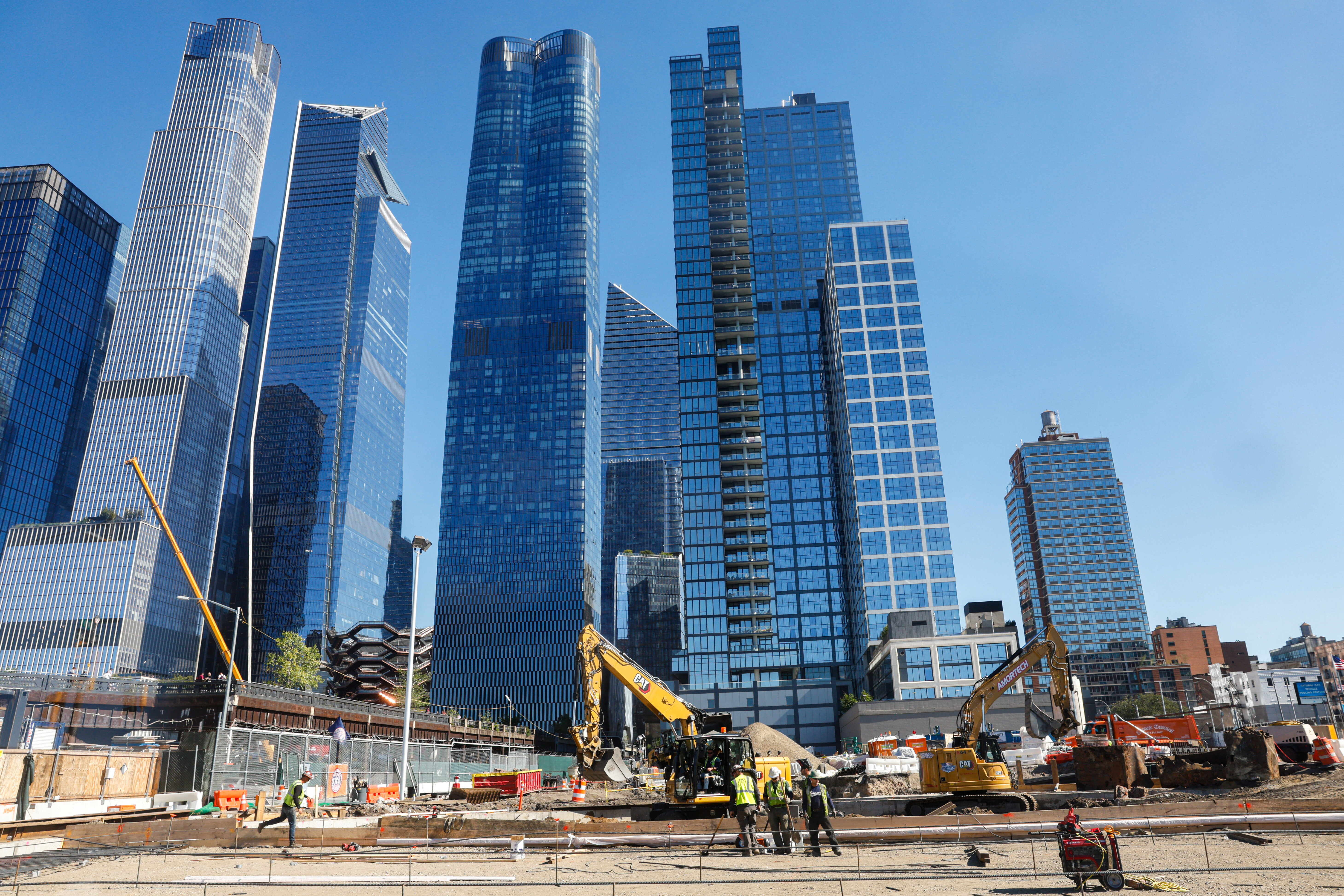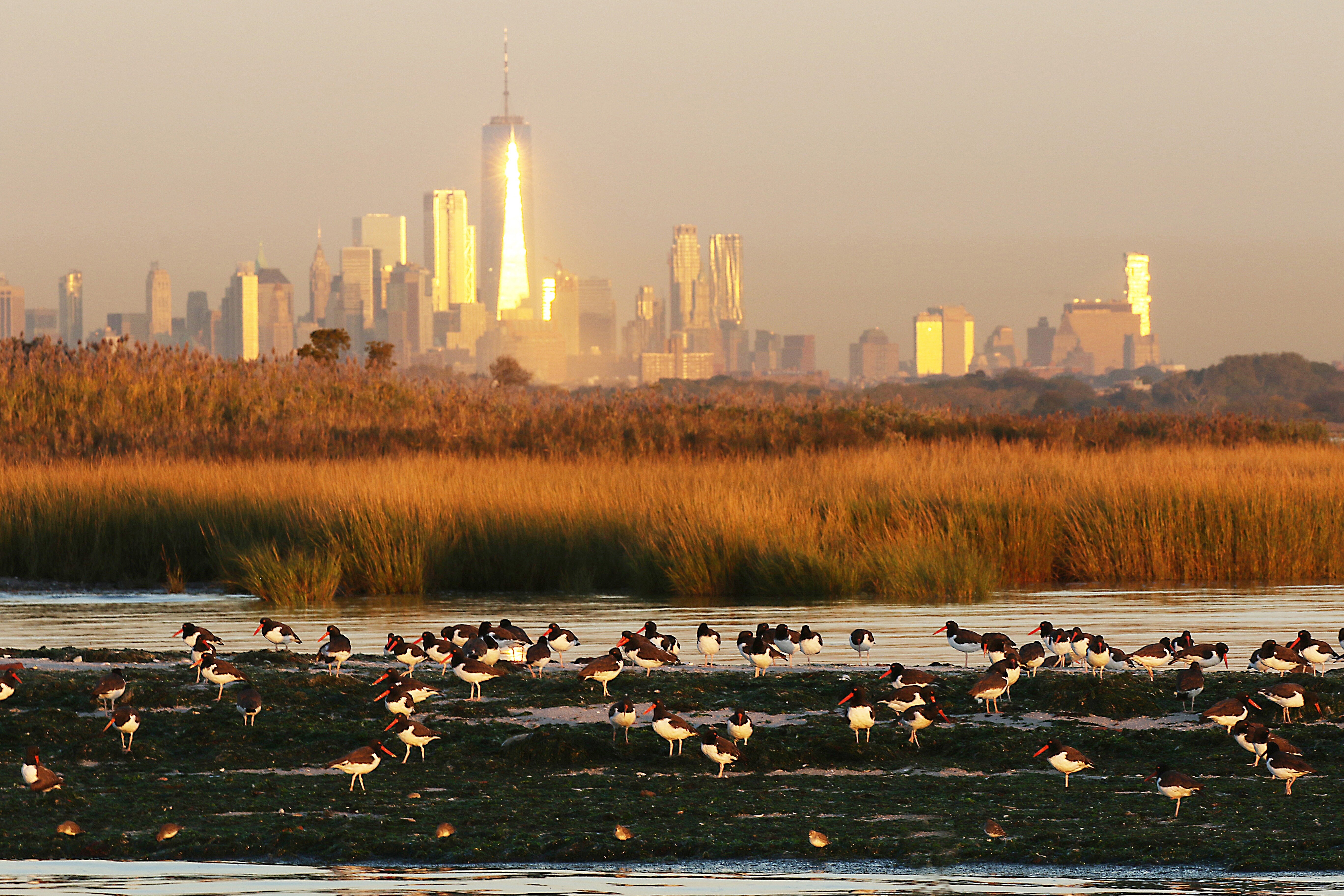This is how the World Bank says cities can become greener, more resilient and more inclusive
"Cities hold one of the keys to solving the climate crisis," concludes a recent World Bank analysis.
Image: Unsplash/CHUTTERSNAP
Stay up to date:
Cities and Urbanization
Listen to the article
- The number of people living in cities has quadrupled in the past 50 years to around 4.5 billion in 2022, and urban populations continue to rise.
- Cities are key to solving the climate crisis. World Bank has advice to help decision-makers formulate strategies to design cities of the future.
- Here are the challenges of designing a more resilient, greener and more inclusive urban environment – and the strategies needed to tackle them.
Cities are where more than half of the world’s population lives. The number of people living in cities has quadrupled in the past 50 years to around 4.5 billion in 2022, and urban populations continue to rise.
According to World Bank analysis, “cities hold one of the keys to solving the climate crisis”. The Bank has produced a roadmap to help decision-makers formulate strategies that take into account the climate crisis and the needs of urban populations.
So what are the challenges of designing a more resilient, greener and more inclusive urban environment, and the strategies to tackle them?
The World Bank’s report, Thriving: Making Cities Green, Resilient, and Inclusive in a Changing Climate uses data from 10,000 cities to answer these questions.
Cities in high-income countries emit the most CO2
Cities in upper-middle and high-income countries are responsible for the vast majority of global urban emissions.
In 2015, emissions per person in high-income countries were 18 times higher than in low-income countries. From an environmental perspective, the challenge for cities in high-income countries is to reduce emissions; the challenge for cities in lower-income countries is not to follow in their tracks.
Low-income countries at most risk of climate change-related hazards
Unusually hot, dry or wet weather anomalies are becoming more common, and low-and lower-middle-income countries will be disproportionately affected, particularly in the Middle East, North Africa and parts of Sub-Saharan Africa.
“Day zero” events, which is when a city’s water supply runs out – as it did in Chennai, India, in 2019 – are an increasingly likely occurrence. Water shortages can harm cities’ GDP and create social challenges around limited water supplies for people, agriculture and business.
Low- and lower-middle-income cities need to build up more resilience so that they can limit the impact of adverse weather, and recover more quickly after climate-change-related events.
Cities in low- and lower-middle-income countries have worse air pollution
Pollution is the greatest environmental threat to health, according to the World Health Organization (WHO), so air quality levels are a vital part of future-proofing cities. Air pollution tends to first increase and then decrease, depending on its level of development, so lower-middle and upper-middle cities are most affected by air pollution.
Given that there is a strong correlation between air pollution and CO2 emission levels, improving air quality can also help efforts to combat the climate crisis.
Accept our marketing cookies to access this content.
These cookies are currently disabled in your browser.
Policies for better cities in a decarbonizing world
The report suggests first grouping potential policies into five broad sets, which the World Bank has called the “five Is”: information, incentives, insurance, integration and investments.
Policymakers can use the five Is to shape greener, more resilient, more inclusive outcomes that are specific to the challenges of the city.

Who makes the decisions when designing a city?
National governments will play the leading role in making policy and investment choices, setting national emissions levels and energy policies that pave the way for cleaner cities, the report says.
But city leaders are probably best-placed to implement and influence urban climate-change policies because of their local knowledge and ability to work with local communities.
Non-state entities will also play a huge part in reimagining cities for the future. Private equity can help tackle climate risks by facilitating investments, loans and bond financing, while local communities themselves “often take the lead on climate action”, the report says.
“Challenges related to climate change and urbanization are intensifying across cities globally, especially cities in low- and middle-income countries… By acting now to apply these instruments in an appropriately tailored manner, policymakers can ensure that the world’s cities not only survive but thrive in the face of the perils of climate change,” says the World Bank.
The conclusion chimes with the World Economic Forum’s research on transforming cities' relationship with nature, which it says involves “deep and complex coordination between all city stakeholders, including governments, the private sector, investors, civil society and academia”.
Accept our marketing cookies to access this content.
These cookies are currently disabled in your browser.
Don't miss any update on this topic
Create a free account and access your personalized content collection with our latest publications and analyses.
License and Republishing
World Economic Forum articles may be republished in accordance with the Creative Commons Attribution-NonCommercial-NoDerivatives 4.0 International Public License, and in accordance with our Terms of Use.
The views expressed in this article are those of the author alone and not the World Economic Forum.
Related topics:
Forum Stories newsletter
Bringing you weekly curated insights and analysis on the global issues that matter.
More on Urban TransformationSee all
Jeff Merritt and Vivian Brady-Phillips
November 6, 2025
Jeff Merritt and Andras Szorenyi
November 3, 2025
Marielle Anzelone and Georgia Silvera Seamans
October 31, 2025
Antonio Gómez-Palacio
October 31, 2025
Børge Brende and Ahmed Al-Khateeb
October 29, 2025






